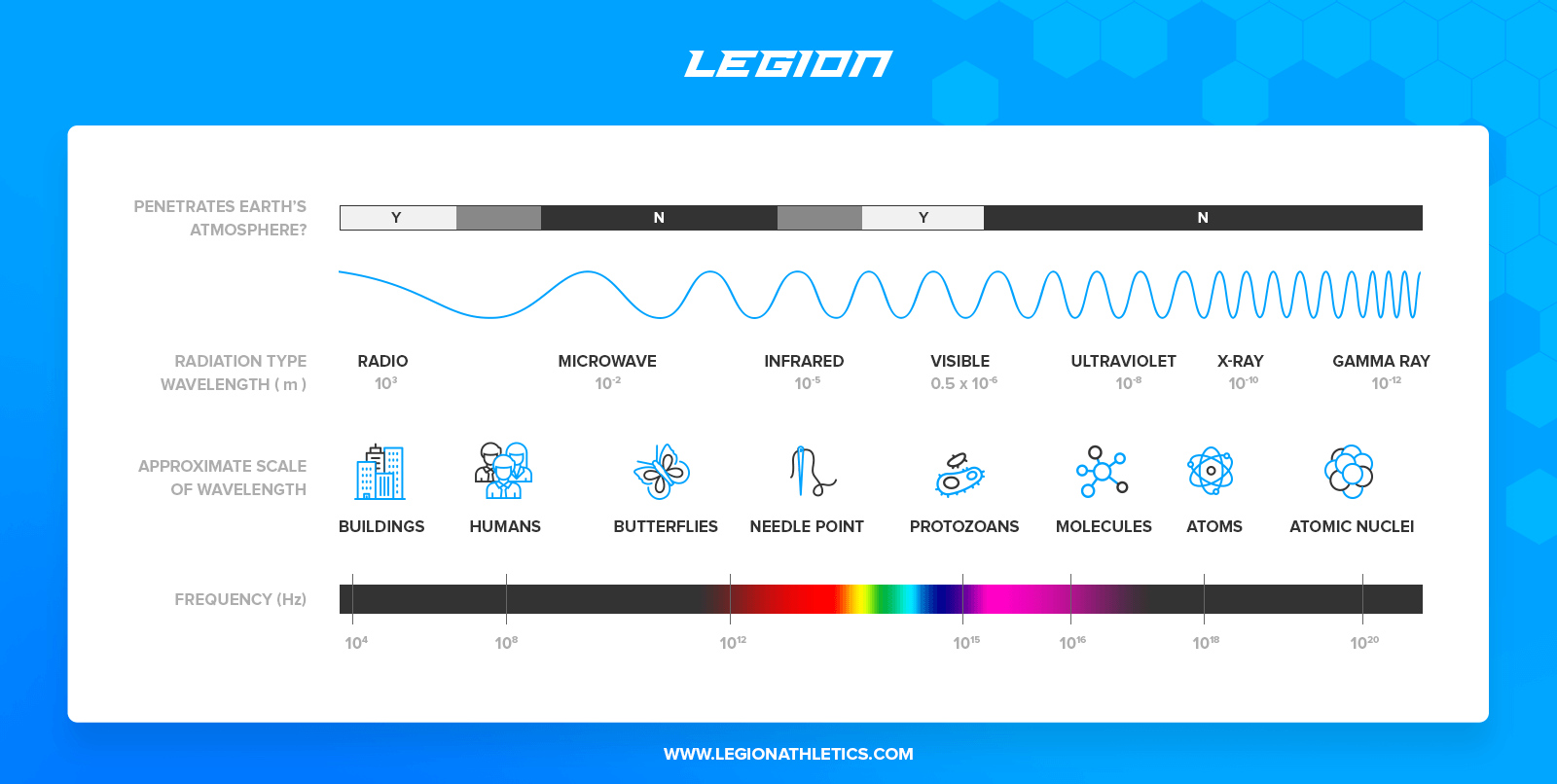
It is essential to evaluate your current situation before you can learn how to lose weight. You can break down your habits into energy in/energy-out. Note everything you consume and analyse the patterns. Reduce your food intake, eat slowly and drink more water to increase your non-exercise activity thermogenesis. Start a new, healthier eating plan. You can identify food patterns and make a plan to lose weight by keeping a food log.
Plan your week’s meals
Before you can start preparing healthy and delicious meals, you must plan your week's meals. A calendar is a good way to do this. Determine which days are the most difficult for you to cook a healthy meal. Work out your time constraints. Also, consider any other activities that could interfere with your ability to adhere to a diet. Plan your grocery shopping and meal preparation time. These are some great tips for meal planning.

Reduce consumption of processed foods
There are several health benefits to cutting out processed foods. The benefits can be more than just weight loss. You may experience increased energy, regularity and overall well-being. The benefits of whole foods are much more extensive and natural than those of processed foods. Instead of counting calories, you should focus on learning how to pronounce ingredients and avoiding processed foods altogether. You'll also be healthier in general. It will also help you lose weight quicker and keep it off for longer.
Increase thermogenesis activity that is not related to exercise
We often think of exercise when we talk about weight loss. But, there are other ways to boost our metabolism. Non-exercise exercise thermogenesis, or NEAT, is one example. It comes with many benefits. It is the easiest and most effective way to increase your metabolism, lose weight, and get rid of extra calories. The more NEAT you do, the more fat you'll burn. You'll lose weight quicker and remain healthy.
Take your time and eat slowly
If you want to lose weight, it may be worth slowing down your eating habits. The concept is simple: eating slowly will increase the release of hormones in the gut, which make you feel full. You'll also consume fewer calories, as you'll be eating smaller bites. If you want to lose weight, intuitive eating means listening to your body. When you're eating, take a sip of water, then repeat the process until you're satisfied.
Avoid restrictions on certain foods
Certain food groups can be so dangerous for your health, they have been banned from governments. GMOs are among those foods. In fact, countries in Europe have banned them entirely, including France, Germany, Austria, and Greece. Durian, a fruit found in Southeast Asia, has been banned on public transport in Singapore and the U.K. Those who follow EU regulations are prohibited from eating poultry washed with chlorine.

Follow your progress
You can keep track of your progress by taking photos in your bathing suit, and weigh yourself every month. Soon you will notice a difference and can see how far it has taken. Even if you don’t regularly weigh yourself, you can still take monthly pictures as long as calories aren’t added. These pictures can serve as a reminder of how far you have come. It's easy to track your weight and see how much has been lost by keeping track of it every four weeks.
FAQ
What is the best way to exercise when you are busy?
It is best to exercise at home. You do not need to join a gym. You don't need to spend a lot of money on expensive equipment to do basic exercises at home.
It is all that you need: a pair or dumbbells, a pad, a chair and a timer.
Your most important goal is to keep up your fitness routine. If you miss a few days, then you may lose all motivation.
Try lifting weights three days per week. This is a great place to start. This could include squats, lunges, push-ups, pull-ups, dips, curls, etc.
Once you have mastered these fundamental movements, you can begin to learn other types, including running, jumping rope and skipping.
You should choose an exercise program that suits your life. For example, if you are working long hours, then you might want to avoid exercises that require too much energy.
If you are a night owl you should exercise during the evening instead of in the early morning.
Listen to your body. Stop when you feel tired.
How Much Weight Can You Lose in a Week?
The amount of weight you can lose depends on your current body fat percentage. You need to determine how much weight loss you are looking for. Your BMI will tell you how much weight to lose. If your BMI is 25 or greater, you're overweight. If your BMI reads 30 or more, you are likely obese.
For example, let's say you have a BMI of 28.7 and are 200 pounds. To get to a healthy weight range, you'd need 70 pounds of weight loss. To see if you're overweight, visit www.healthyminds.com/bmi/.
Once you know your BMI, this formula will allow you to determine how many pounds per week you'll be able to lose.
(Your Goal Weight - Current Weight)/BMI * 7 Number Of Pounds Lost Per Week
If you want to lose 50 pounds in one month, you'd need 2 weeks' worth of exercise, which equals 56 days, divided by 7 pounds lost per day. That's 8.3 pounds per week.
You could also try this calculator from www.weightlosscalculator.net. It gives you a rough estimate of how many calories you should eat daily to lose 1 pound per week.
How to Make an Exercise Plan?
First, create a routine. It is important to plan what you will do each morning and how much time you will be doing it. This helps you plan and prevents procrastination.
Second, make sure that your workouts are varied. It is important not to get bored while exercising. This will cause you to lose interest and make it difficult for you to stick with it.
You should also keep track of how you are progressing. It's crucial to track your weight changes over time.
It's easy for people to lose motivation when they start by losing weight. On the other hand, if you gain too much weight, it becomes harder to stay motivated.
So, try to find a balance between gaining weight and losing weight. You won't be able to exercise if your current weight is not comfortable.
How often do people fast?
The majority of people who follow the ketogenic diet fast only once a week. But, some people fast twice per week. Some others fast three days per week.
Each fast has a different length. Some fast for 24 hours while others fast for 48.
Some people even go longer than 72 hours. However, extreme cases like these are rare.
Statistics
- According to Harvard Health, it's estimated that a 155-pound (70-kg) person burns around 167 calories per 30 minutes of walking at a moderate pace of 4 mph (6.4 km/h) (5). (healthline.com)
- One 6-month study showed that simply doing 11 minutes of strength-based exercises 3 times per week resulted in a 7.4% increase in metabolic rate, on average. (healthline.com)
- According to Harvard Health, it's estimated that a 155-pound (70-kg) person burns roughly 112 calories per 30 minutes of weight training (5). (healthline.com)
- Another study found that 24 weeks of weight training led to a 9% increase in metabolic rate among men, which equated to burning approximately 140 more calories per day. (healthline.com)
External Links
How To
How to get rid of weight
One of the best ways you can lose weight is to exercise. However, many people do not know how to exercise correctly. Cardio exercises include walking, running, swimming and cycling. Strength training should also be included such as lifting weights, doing pushups, pullups, squats, lunges etc. Combining both of these exercises will help you lose weight the most. Start exercising and find friends to support you. You have two options: you can join a gym or just walk around your neighborhood. It doesn't matter what activity you choose; just make sure you do it consistently. It is easy to lose track of your workouts when you first begin. Don't despair if things don't go as planned. Keep going.